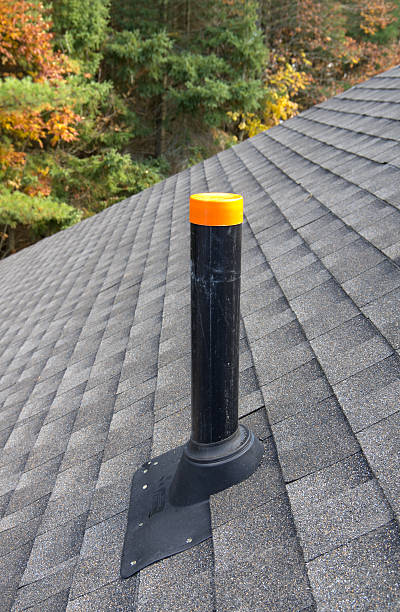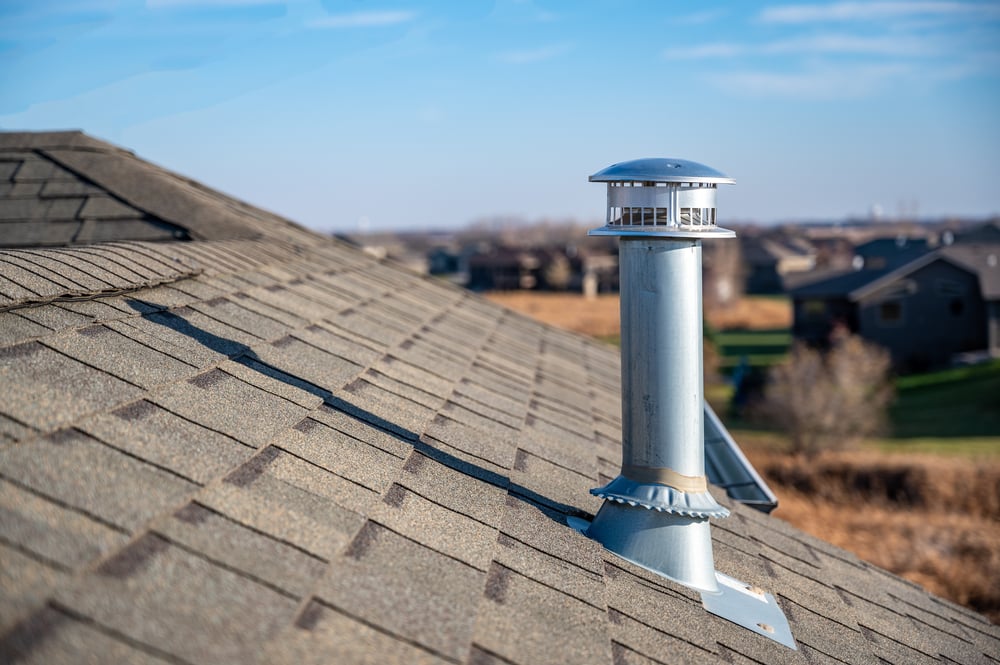The Reason Why Proper Ventilation Is Critical in Plumbing Systems
The Reason Why Proper Ventilation Is Critical in Plumbing Systems
Blog Article
What're your opinions on What Is A Plumbing Vent & How Do They Work??

Proper air flow in plumbing systems is usually forgotten, yet it is essential for preserving the performance and security of your home's pipes. Air flow assists control air pressure, stop the accumulation of dangerous gases, and guarantee the effective elimination of waste. In this overview, we will check out the relevance of appropriate plumbing ventilation, how it works, and the advantages it offers your pipes system.
Just How Air Flow Functions in Plumbing Solutions
Atmospheric Pressure Regulation
Proper ventilation maintains well balanced atmospheric pressure within the plumbing system. When water streams via pipelines, it displaces air. Without adequate ventilation, this variation can produce adverse pressure, causing slow down drains pipes or siphoning of water from catches, which can create unpleasant odors to permeate into the home.
Avoiding Drain Gas Accumulation
One of the most critical functions of pipes vents is to avoid sewage system gases, such as methane and hydrogen sulfide, from collecting within the home. These gases can position major health and wellness dangers and are extremely combustible. Vent pipelines enable these gases to get away safely outdoors.
Assisting in Waste Removal
Ventilation aids in the effective removal of wastewater by protecting against airlocks in the water drainage system. When air can move openly via the vents, it permits water and waste to flow efficiently through the pipelines, lowering the danger of obstructions and back-ups.
Advantages of Proper Air Flow
Enhanced System Efficiency
Properly aerated pipes systems operate much more efficiently, with less clogs, faster draining, and less stress on the pipelines. This effectiveness expands the life-span of the plumbing system.
Improved Air Quality
By preventing sewer gases from entering your home, proper air flow contributes to much better indoor air quality, making your living setting healthier and a lot more comfortable.
Preventing Water Damage
Adequate ventilation assists protect against water from being siphoned out of catches, which can cause sewage system gases entering the home and creating water damages over time.
Actions to Make Certain Proper Ventilation
Consulting Plumbing Codes
Always seek advice from local plumbing codes when developing or changing your plumbing system. These codes give the required guidelines for correct venting and guarantee your system satisfies security criteria.
Regular Evaluation and Upkeep
Routine examinations can help identify potential ventilation issues before they come to be major issues. Maintenance jobs, such as cleansing air vent pipelines and looking for blockages, are important for keeping the system in good working order.
Specialist Installment
For new installments or significant modifications, it's wise to employ a specialist plumbing technician. They have the proficiency to ensure the ventilation system is correctly created and installed according to code.
Comprehending Ventilation in Pipes
Air flow in pipes refers to the network of pipelines that enable air to stream via the drainage system. These vents serve numerous functions, including regulating air pressure within the pipelines, protecting against sewage system gases from going into the home, and assisting in the smooth circulation of wastewater.
Kinds Of Plumbing Vents
Main Heap Vent
The main stack air vent, additionally known as the vent pile, is the primary vent in a pipes system. It expands from the main drain align via the roofing system, allowing gases to escape and fresh air to enter the system.
Branch Vent
Branch vents attach to the main stack air vent and offer specific fixtures, such as sinks, bathrooms, and showers. These vents make certain that each component has adequate air flow to operate properly.
Air Admittance Valve (AAV).
An Air Admittance Valve (AAV) is a one-way valve that allows air to enter the pipes system without the demand for a standard air vent pipe prolonging with the roofing. AAVs are frequently made use of in remodellings or areas where mounting a typical air vent is impractical.
Indications of Poor Air Flow in Plumbing.
Slow Draining Fixtures.
If your sinks, bathtubs, or commodes are draining pipes gradually, maybe a sign of poor air flow. Inadequate air circulation can produce a vacuum impact, making it difficult for water to drain pipes correctly.
Gurgling Appears.
Gurgling sounds originating from drains are often an outcome of air being drawn through water catches as a result of unfavorable stress in the pipelines. This is a clear indicator of inadequate air flow.
Undesirable Smells.
Drain odors inside your home are a red flag that your plumbing system is not appropriately aerated. This can mean that sewage system gases are not being adequately vented outside, resulting in potentially unsafe conditions.
Common Ventilation Mistakes.
Insufficient Vent Sizing.
Making use of small vent pipes can lead to bad air circulation and pressure discrepancies in the system. It's vital to use vents that meet the particular requirements of your plumbing system.
Improper Vent Placement.
Placing vents too much from the components they serve can reduce their performance. Appropriate positioning makes sure that air can stream easily and efficiently with the system.
Ignoring Code Demands.
Building regulations give particular standards for plumbing ventilation. Overlooking these codes can lead to a system that stops working to work correctly and might cause costly repairs or health hazards.
Conclusion.
Appropriate ventilation is a crucial part of any type of plumbing system, making sure that it operates effectively and safely. By comprehending the importance of ventilation, acknowledging the signs of bad ventilation, and taking actions to maintain your system, you can avoid costly concerns and protect your home's air quality.
What is a Plumbing Vent and it's used for?All plumbing systems in residential and commercials construction have a plumbing vent. It doesn’t just vent unwanted odors from the drainage system to the outside; it actually serves an important purpose by supplying air to the system.
The plumbing drainage system is actually called a drainage, waste and vent (DWV) system. When water flows down the piping, an air supply (vent) is needed to allow the water to flow. Think of the vertical pipe as a drinking straw. If you plug the top end of a straw, liquid won’t drain from it.
The DWV system in your building consists of a series of pipes connected to each fixture; they extend above each fixture, and the system terminates at an open pipe that extends through the roof. This piping allows air into the system and prevents unbalanced pressures in the piping.
?The vent also prevents the system from drawing water out of a trap at the fixture with the characteristic “glug-glug-glug” as the drain gasps for air. Plumbing traps should drain smoothly and never “glug” or gasp for air.
If you have a drain that empties slowly or gurgles as it drains, this may indicate a venting problem. If you flush a toilet and the sink gurgles, there’s definitely a vent problem. It is good idea to have a Plumber check this.
https://www.ameliashomeinspection.com/blog/what-is-a-plumbing-vent-and-its-used-for

I recently found that blog posting on Essential Plumbing Vent Pipes: Understanding Their Role when doing a lookup on the search engines. If you enjoyed our page kindly consider to pass it around. Thank-you for your time spent reading it.
Request An Estimate Report this page